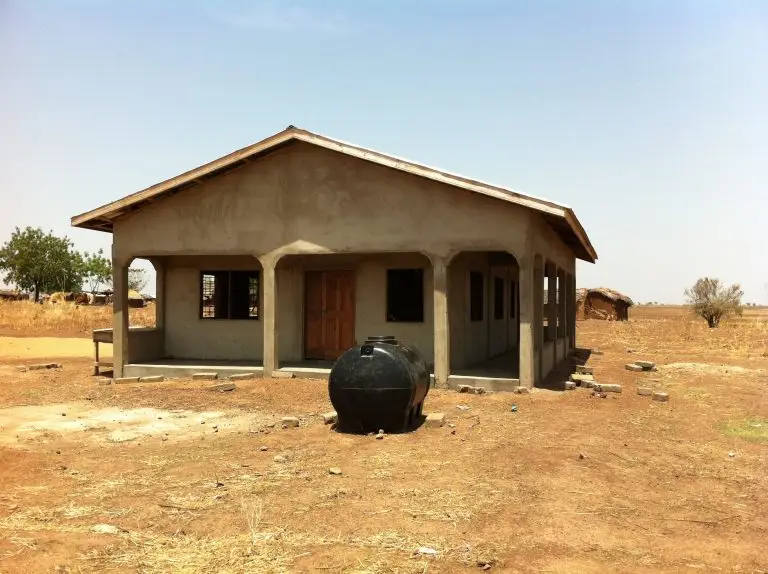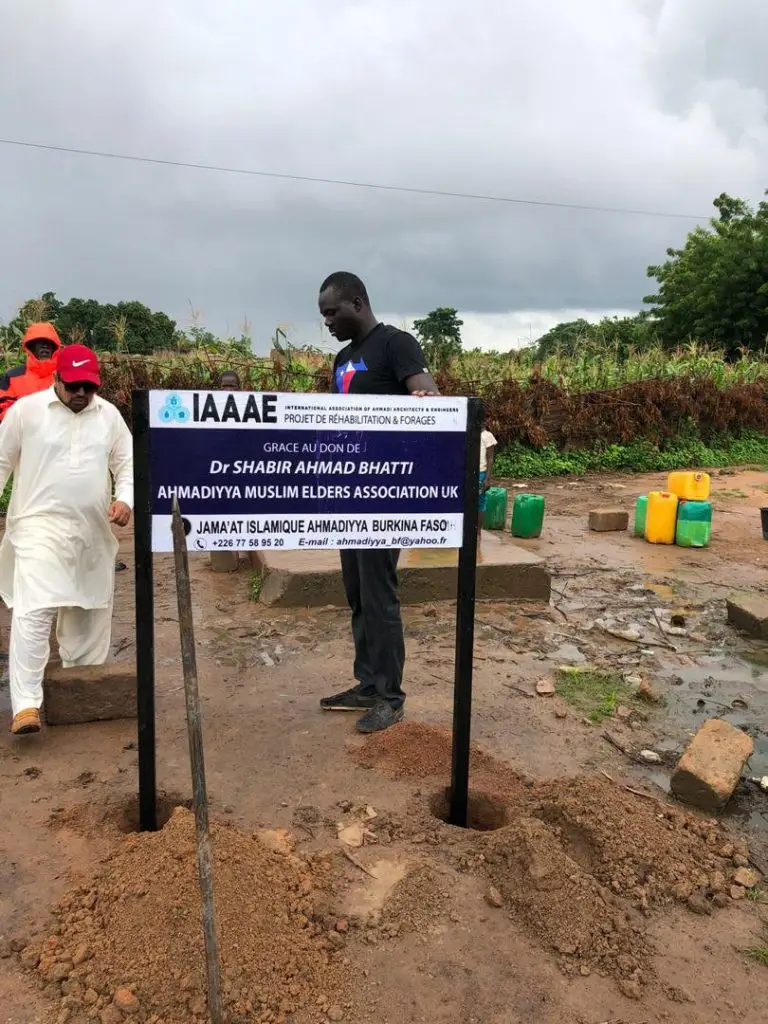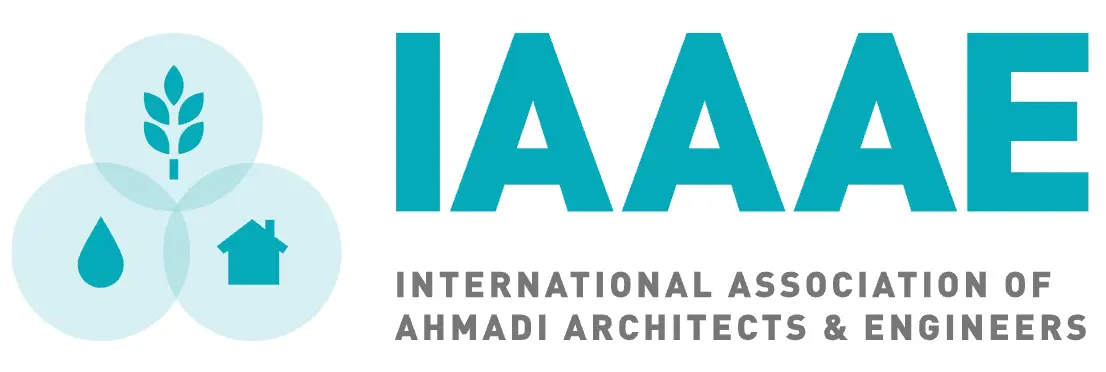Empowering Sustainable & Thriving Futures: Gambia
GAMBIA
Overview of the Model Village Project
The Model Village Project is a flagship initiative of the IAAAE that brings together the technical capabilities of its Alternative Energy Committee (AEC) and Water for Life Committee, alongside expertise in sustainable architecture and construction. The project seeks to create prototype villages that serve as scalable models for sustainable development in rural Africa, addressing basic needs while fostering long-term self-reliance. Each model village is designed to be a comprehensive ecosystem, providing:
- Clean Energy: Through decentralized renewable energy systems like solar and wind power.
- Potable Water: Via rehabilitated or newly constructed water pumps, wells, and boreholes.
- Sustainable Infrastructure: Including eco-friendly buildings for housing, schools, healthcare facilities, and community centers.
- Community Empowerment: Through training and capacity-building to ensure local maintenance and ownership of infrastructure.
The project reflects the Ahmadiyya Muslim Community’s commitment to humanitarian service, aligning with its broader mission to improve quality of life through practical, faith-driven solutions.
Key Components of the Model Village Project
The Model Village Project integrates three core areas of IAAAE expertise:
- Alternative Energy (via the Alternative Energy Committee):
- Objective: To provide reliable, clean electricity to off-grid communities using decentralized renewable energy systems.
- Implementation: Installation of solar photovoltaic (PV) panels, small-scale wind turbines, or hybrid systems to power homes, schools, clinics, and small businesses. Battery storage systems may be included to address the intermittency of solar and wind energy.
- Impact: Access to electricity improves education (e.g., enabling evening study), healthcare (e.g., powering medical equipment), and economic opportunities (e.g., supporting small enterprises). It also reduces reliance on harmful fuels like kerosene, improving health and environmental outcomes.
- Example: While specific AEC projects in model villages are not detailed, the approach mirrors successful solar initiatives in Africa, such as Rwanda’s off-grid solar systems, tailored to local needs.
- Water Pump Rehabilitation and Construction (via the Water for Life Committee):
- Objective: To ensure access to clean, potable water through sustainable water infrastructure.
- Implementation: Rehabilitation of existing water pumps, drilling of boreholes, and construction of wells. Systems are designed to be low-cost and maintainable by local communities, often incorporating manual or solar-powered pumps.
- Impact: Clean water reduces waterborne diseases (e.g., cholera, typhoid), which cause significant mortality in Africa. It also alleviates the burden on women and children who often spend hours fetching water, freeing them for education and economic activities.
- Example: The project in Gbeyakarou, Benin, is cited as a model village where water infrastructure, such as wells, was likely a key component, alongside other amenities.
- Sustainable Building Design and Construction:
- Objective: To create durable, eco-friendly infrastructure that meets the needs of rural communities while minimizing environmental impact.
- Implementation: Construction of buildings using locally sourced, sustainable materials and energy-efficient designs. These may include homes, schools, mosques, healthcare centers, and community halls. Designs prioritize resilience to local climate conditions (e.g., heat, rainfall) and cultural appropriateness.
- Impact: Sustainable buildings provide safe, functional spaces for education, worship, healthcare, and community activities, fostering social cohesion and development. They also serve as prototypes for scalable, cost-effective construction in other regions.
- Example: The IAAAE’s work in Sierra Leone and Benin includes construction projects that likely inform the model village approach, such as schools and community centers built with local labor and materials.
Our local Age UKs also offer benefit advice home visits thanks to extra funding from our Warmer Homes Programme.
Impact and Significance:
The Model Village Project has far-reaching impacts on the communities it serves:
- Health Improvements: Clean water reduces waterborne diseases, which kill thousands annually in sub-Saharan Africa. Electricity enables better healthcare delivery, such as powering refrigeration for vaccines.
- Educational Opportunities: Solar-powered lighting allows students to study after dark, while sustainable school buildings provide safe learning environments.
- Economic Growth: Access to energy and water supports small businesses, such as tailoring or food processing, and reduces time spent on manual tasks like water collection.
- Social Empowerment: Community involvement fosters a sense of ownership and pride, strengthening social cohesion and resilience.
- Environmental Benefits: Renewable energy and sustainable construction reduce carbon footprints and deforestation (e.g., from reliance on firewood).
The project also serves as a beacon of innovation, showcasing how faith-based organizations can leverage technical expertise to address complex development challenges.
Broader Context and Alignment:
The Model Village Project aligns with regional and global development trends:
- Africa’s Development Needs: Sub-Saharan Africa faces significant challenges, including 600 million people without electricity and 400 million without clean water. The project addresses these gaps through integrated, community-level solutions.
- Renewable Energy Growth: Africa’s vast solar (7,900 GW potential) and wind resources make decentralized systems viable. The project complements initiatives like the Africa Renewable Energy Initiative (AREI).
- Sustainable Development: The project supports the African Union’s Agenda 2063 and the SDGs by promoting inclusive, sustainable communities.
- Faith-Based Development: The Ahmadiyya Muslim Community’s humanitarian ethos, rooted in service to humanity, drives the project’s focus on underserved populations.
Notable projects:

Insight IAAAE’s expertise in Water, Solar Energy and Architecture have enabled us to combine all three segments into one self-sustainable project known

Insight IAAAE’s expertise in Water, Solar Energy and Architecture have enabled us to combine all three segments into one self-sustainable project known

The Water for Life Committee has extended its humanitarian work to villages in Burkina Faso and Bigene, a sector in Guinea-Bissau’s Cacheu Region with around 8,000
